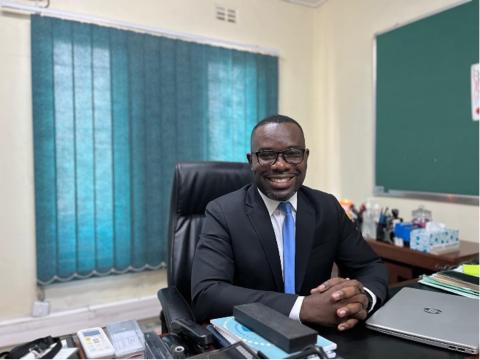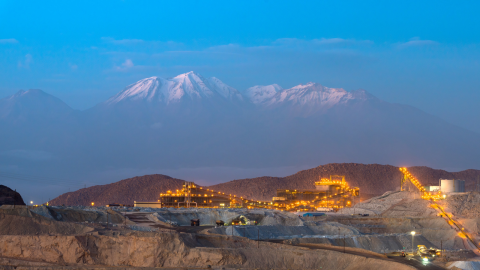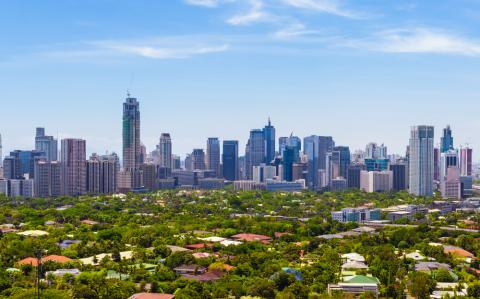
The EITI International Secretariat has the pleasure of announcing the winners of the EITI annual photo competition. The three winners are Jamalbek Jumaev from Kyrgyzstan, Anna Katharina Kramer from Philippines and Ahmad Ramin Rahi from Afghanistan! See the winning contributions below.
All 125 submitted photos from around the world can be found on our Flickr page
"These wonderful pictures illustrate transparency and the EITI in practice. Improved governance of our finite resources can be hard to capture, but these pictures do precisely that." said EITI's Head Jonas Moberg.
In December 2014, the EITI International Secretariat announced its second annual Photo Competition seeking to stimulate creative ways of capturing EITI impact from all around the world. It was not an easy task to select the winners given the impressive quality and creativity of the 125 submissions. We extend our appreciation and thanks to every participant for the time and effort they put into their photographs.
Afghanistan, Afghanistan, Colombia, India, Israel, Kyrgyz Republic, Mongolia, Palestine, the Philippines, Norway, Nigeria, Niger, Togo, Ukraine are only among the few countries represented in the competition this year. More about the winners....
Public DebateJumaev Jamalbek, Kyrgyz Republic
The villagers of Kopuro-Bazar (Kyrgyzstan) have been demanding a 'fair' share and careful handling of their natural resources for many years. This was an imporant factor of the Kyrgyz government deciding to implement the EITI. Here the villagers are gathered in the central square in Talas region to discuss the latest government decree that allowed foreign companies to operate around their village.
Comments of the jury: It is great to see the citizens' engagement in the discussion around extractive sector. As Jamalbek noted himself, EITI will and should make a difference in informing them of the realities around their natural resources.
Transparency that mattersAnna Katharina Kramer, Philippines
A small-scale gold miner in the Southern Philippines weighs the output of 20 minutes panning and washing - 1 gram of gold is sold for 1100 Philippine Pesos (approximatley US $25) on the local market.The soil is manually carried 3km downhill from the tunnels. It is washed and panned in small sheds scattered across the village and the water is flushed into nearby creeks and rivers. In the absence of other livelihood options, many engage in mining which gives much higher returns than the traditional fishing activities. However, it poses a threat especially to downstream coastal ecosystems.
Comments of the jury: Symbolism in this picture shows how transparency is important in bringing revenue from extractives into the state budget and back to citizens who deserve to see the benefits of their natural resources. The scales imply justice as well as getting value for the resources.
Extracting resourcesAhmad Ramin Rahi, Afghanistan
This photo of Kashkari Oil station in north Sar-e-pul province in Afghanistan shows the workers extracting crude oil to improve their country and the life of their families.
Comments of the jury: This powerful image captures the realities of oil workers as well as the companies and machinery.
Honorary mentions
The EITI International Secretariat would like to draw a special attention to the following photographers and their work:
EITI National Secretariat in Mongolia, Public Debate
"Sometimes infographics helps us to explain a lot of texts in a simple way." said Dalanjargalan from the EITI National Secretariat in Mongolia capturing discussions among stakeholders. Bringing the EITI to regions have become a norm in a quest for transparency involving a wider group of public into discussions around the governance of the extractive sector in Mongolia.
Mussab Ghannam, Public Debate
Discussing issues around natural resource management is an important step towards improved governance and an active citizens' involvement in the extractives sector. Here citizens are taking part at one of these meetings.
Dave Classen, Extracting Resources
In this mine in Jos, Nigeria, the mud is carried by mine workers to be washed to get the tin.
Mawu Komi, Extracting Resources
What are the outcomes of extracting resources and how do companies operate on the ground? This site in Northern Togo is often open to public. This allows citizens to ask questions to the company representatives.
Chitrangada Choudhury, Transparency that Matters
After a workday in the Orissa Mining Corporation’s iron ore mine, Jaitru Giri and his family return to their house on the mine’s outskirts. A government-appointed commission has raised the issue of whether the mine labourers — overwhelmingly made up of tribal villagers — are being paid a fair wage.
For any questions on the 2015 Photo Competition please contact Shemshat at [email protected]
Related content





